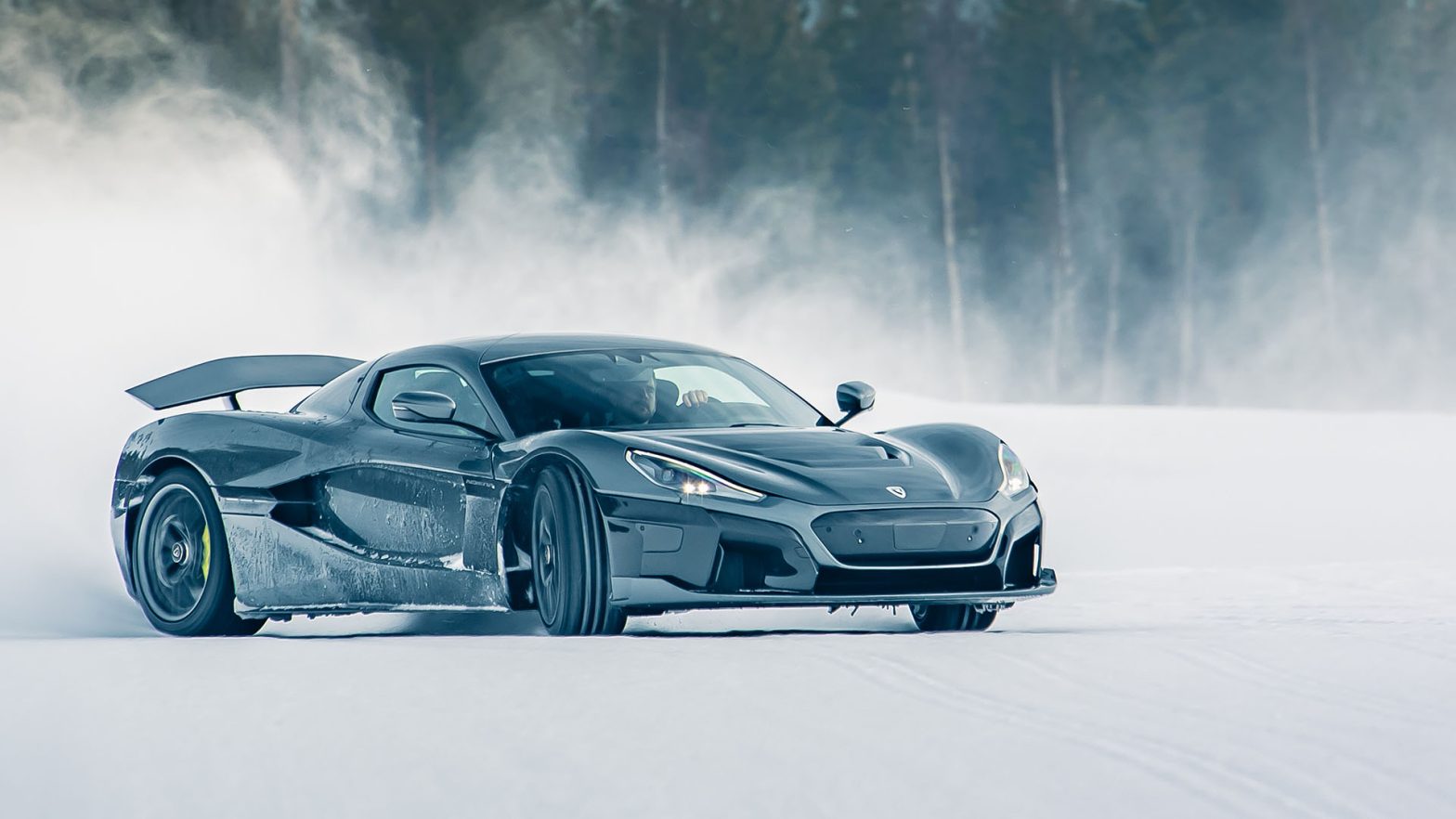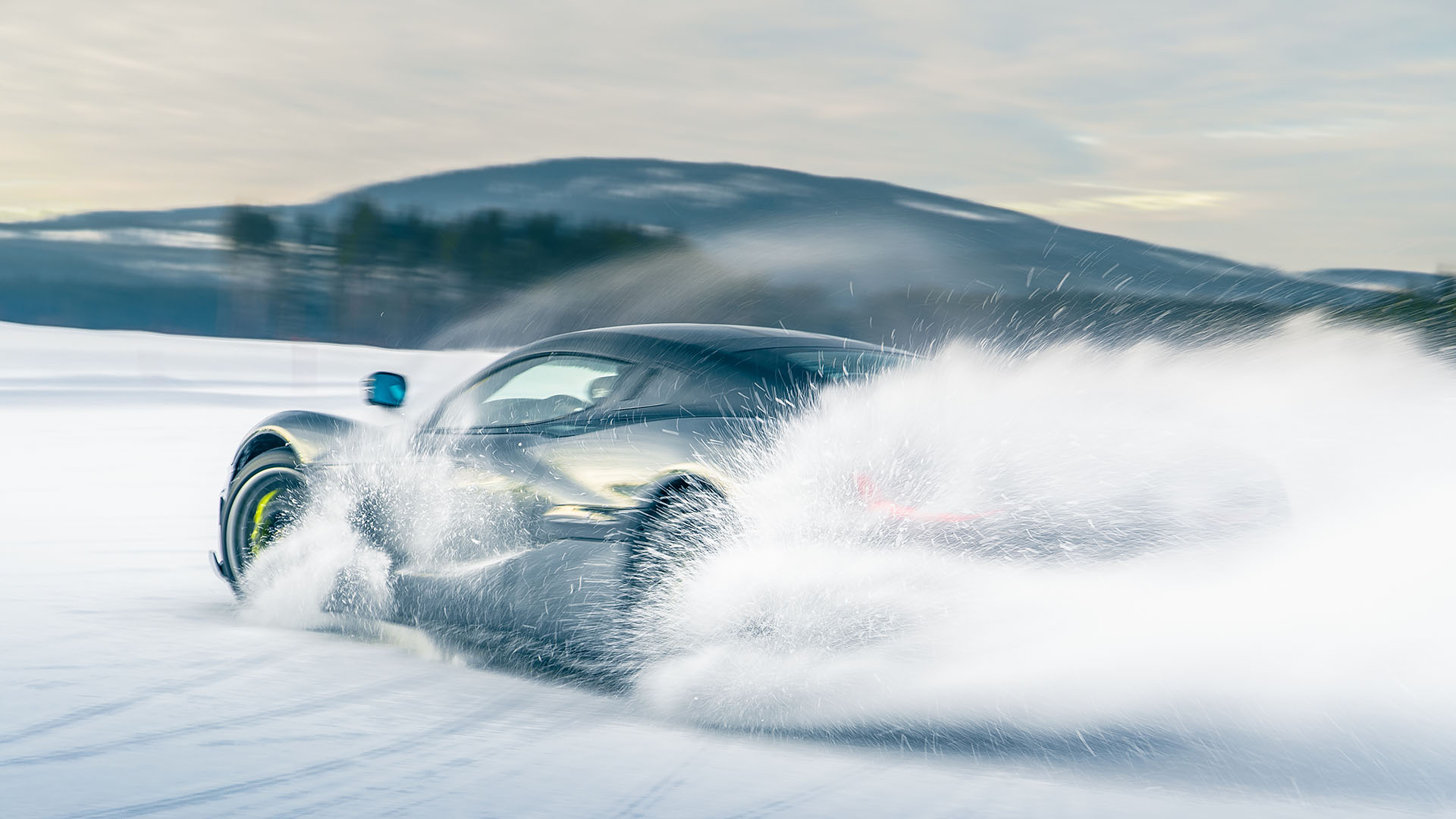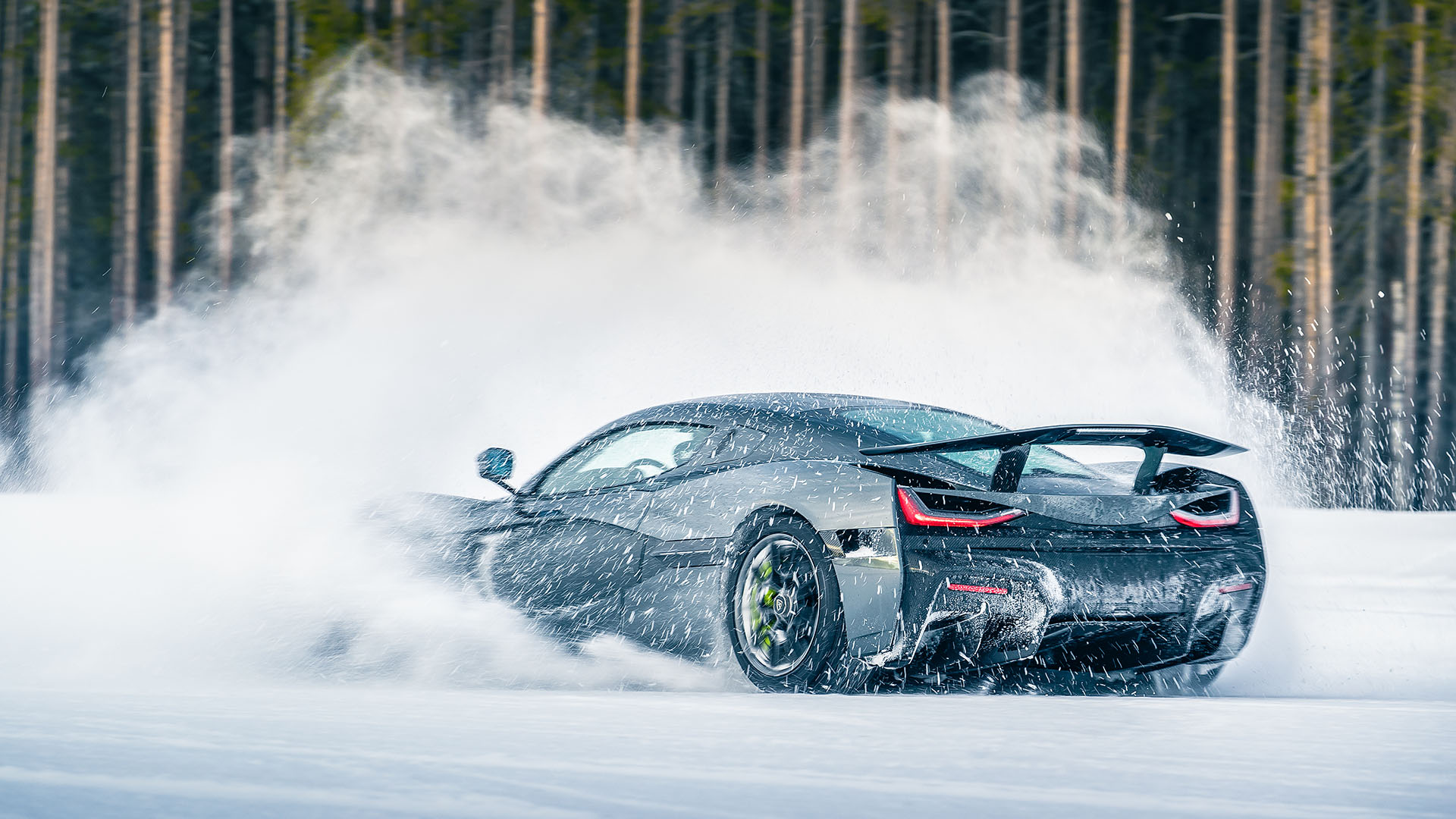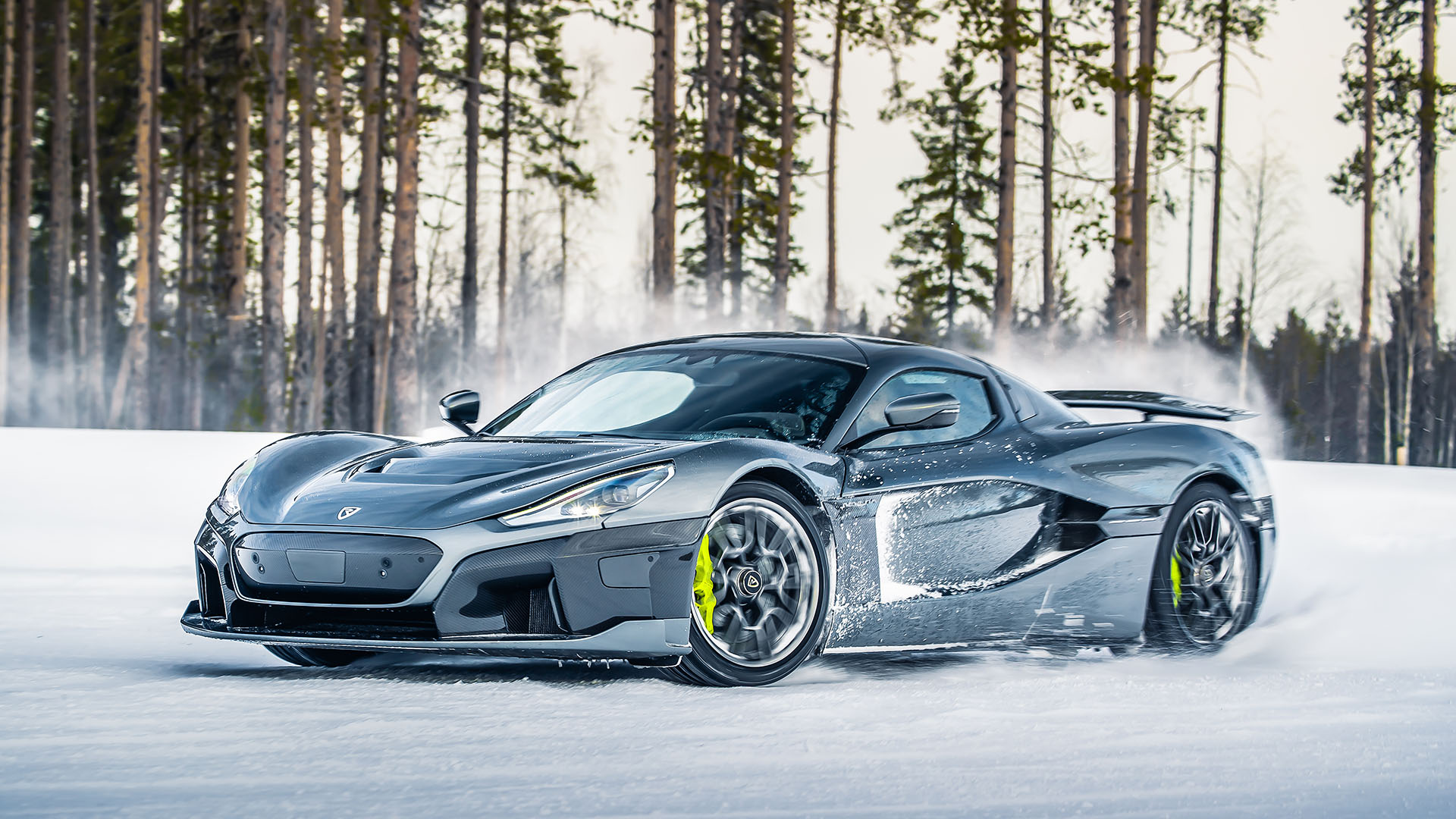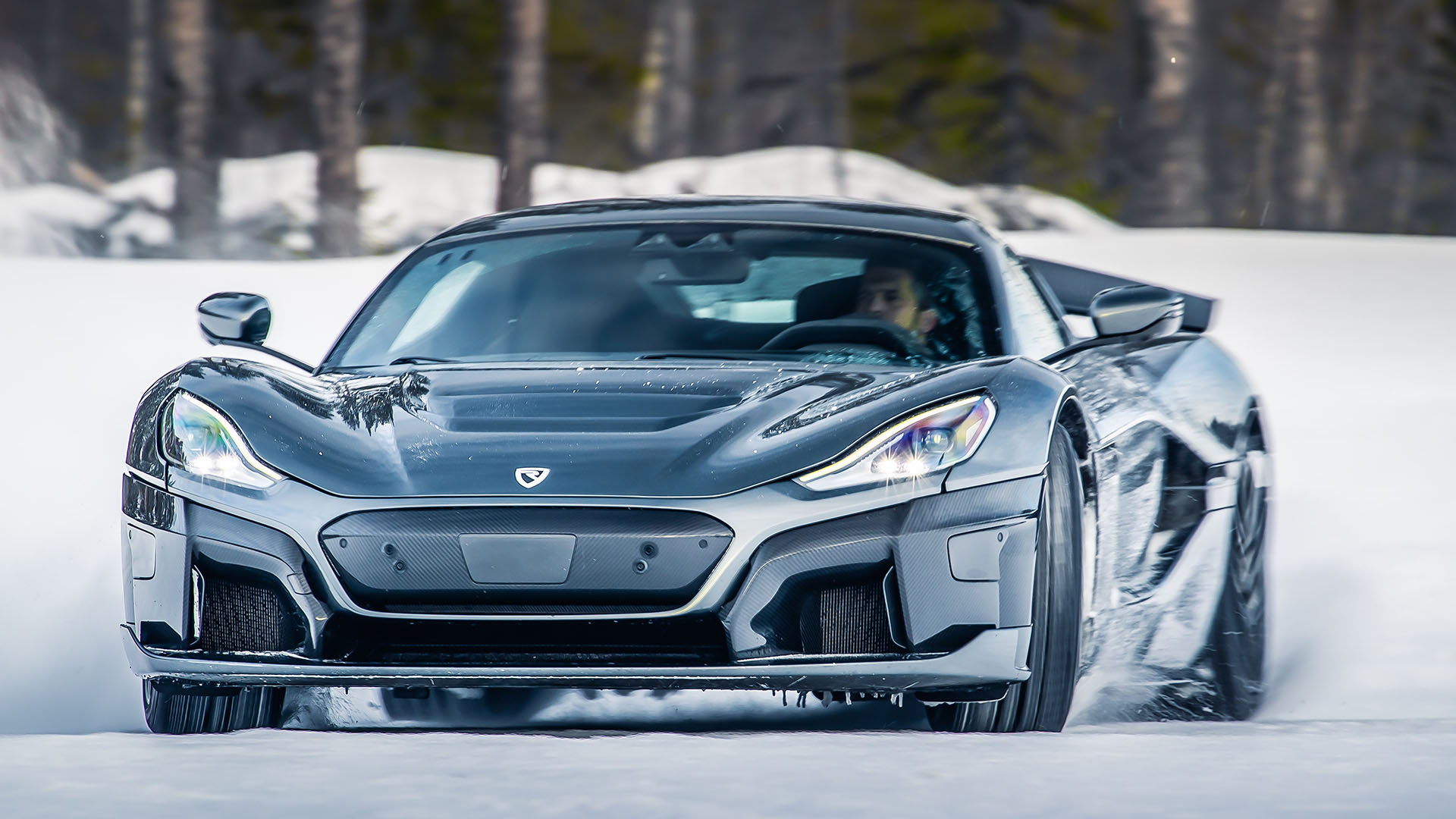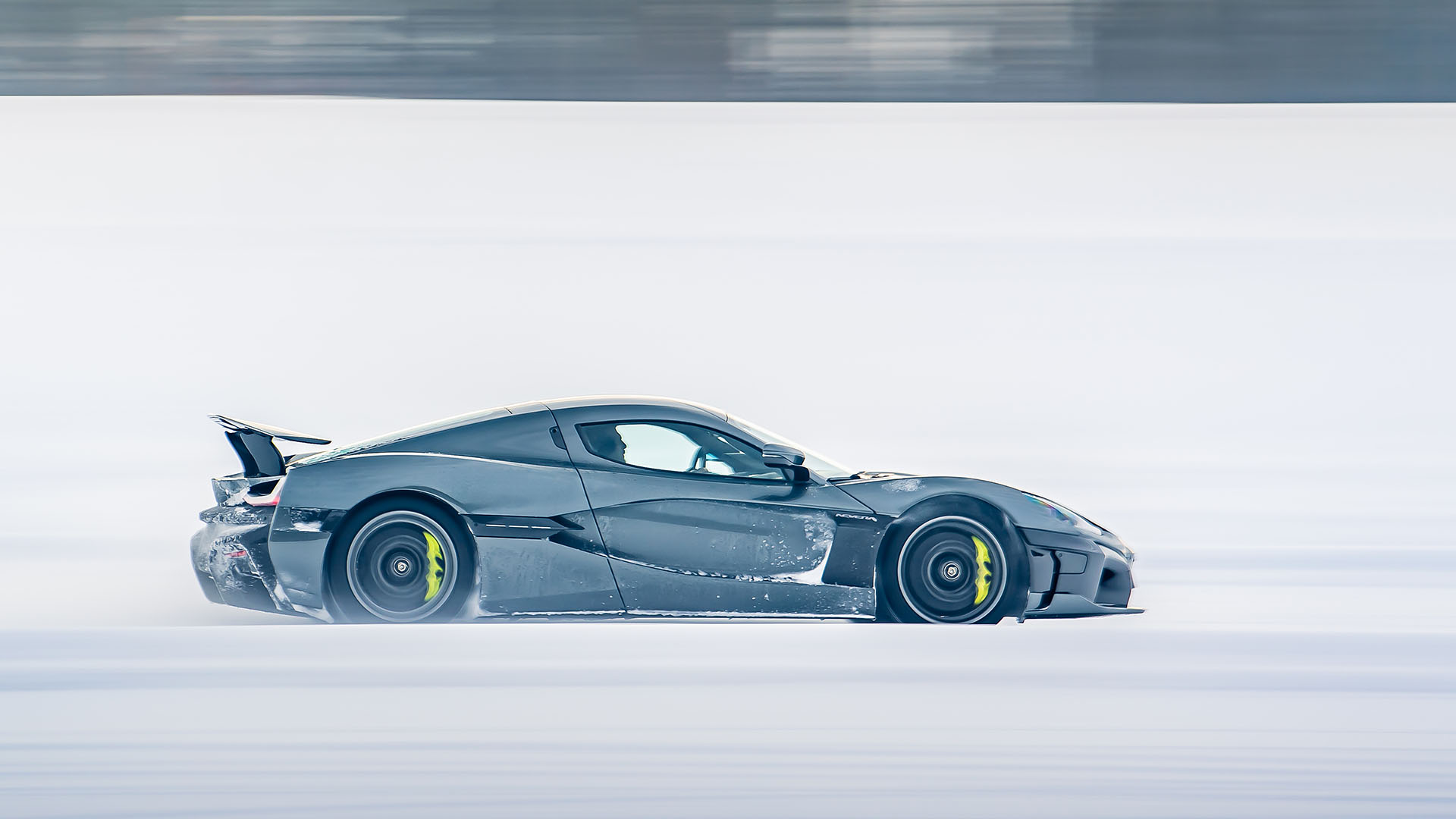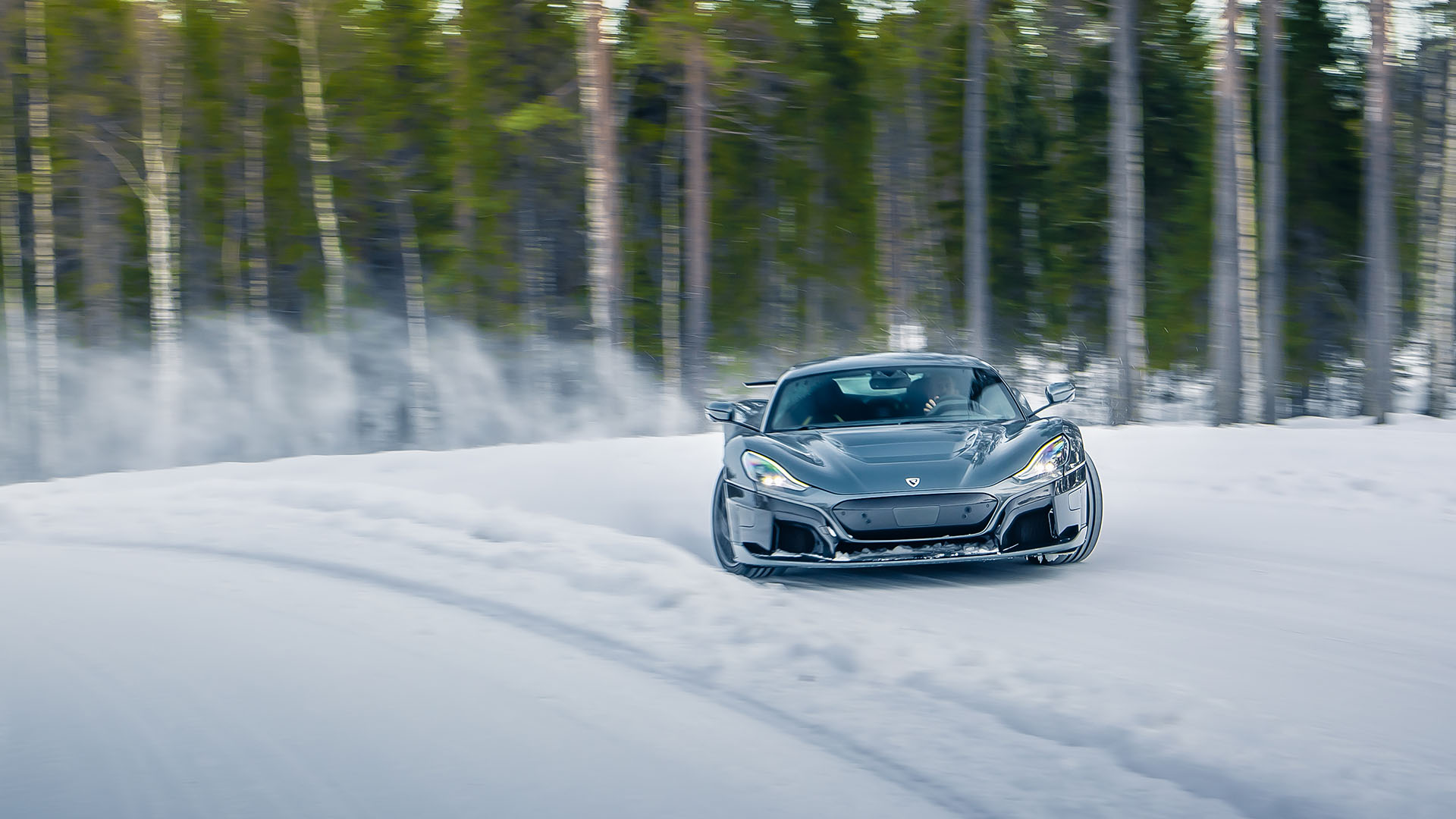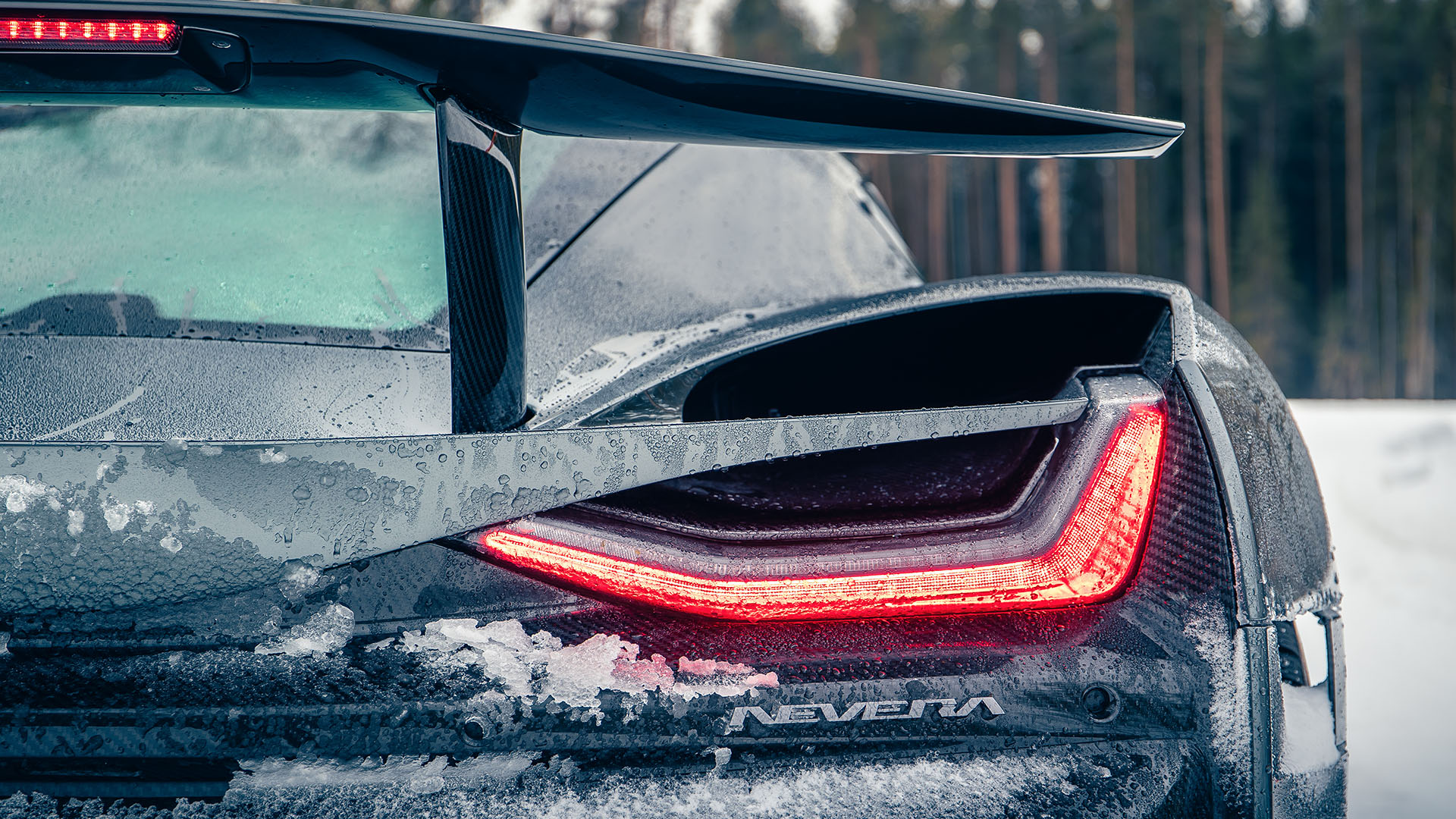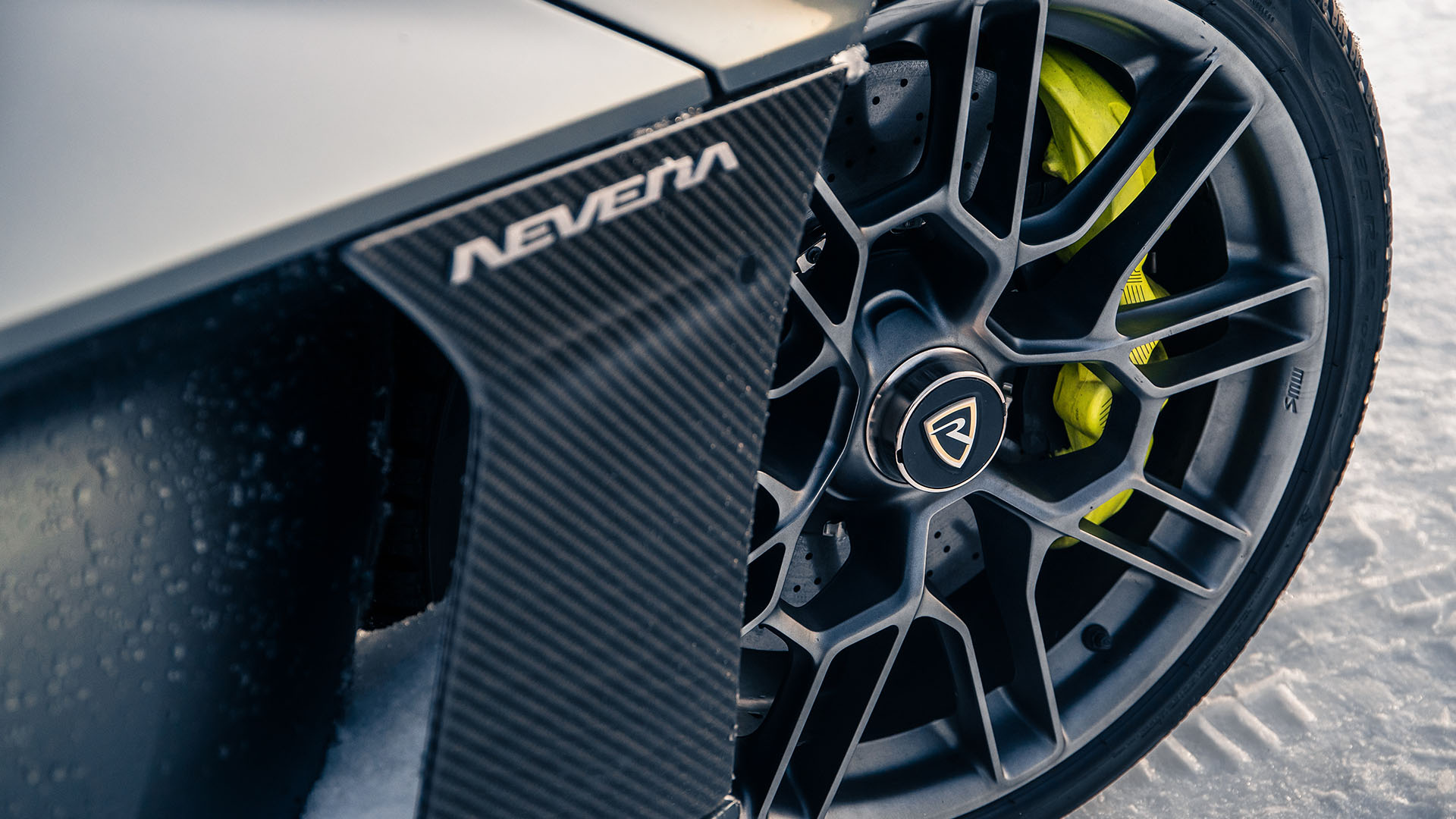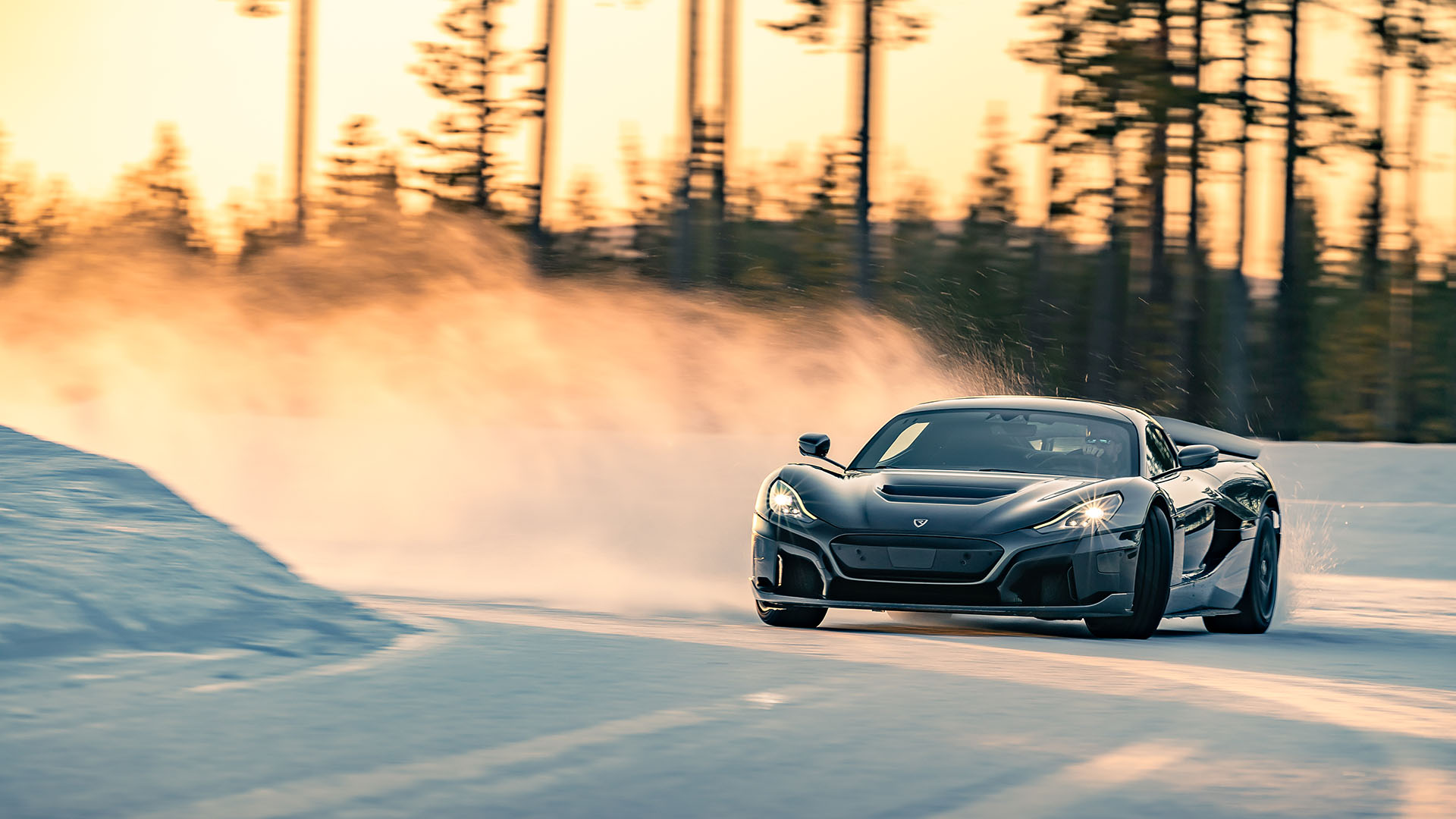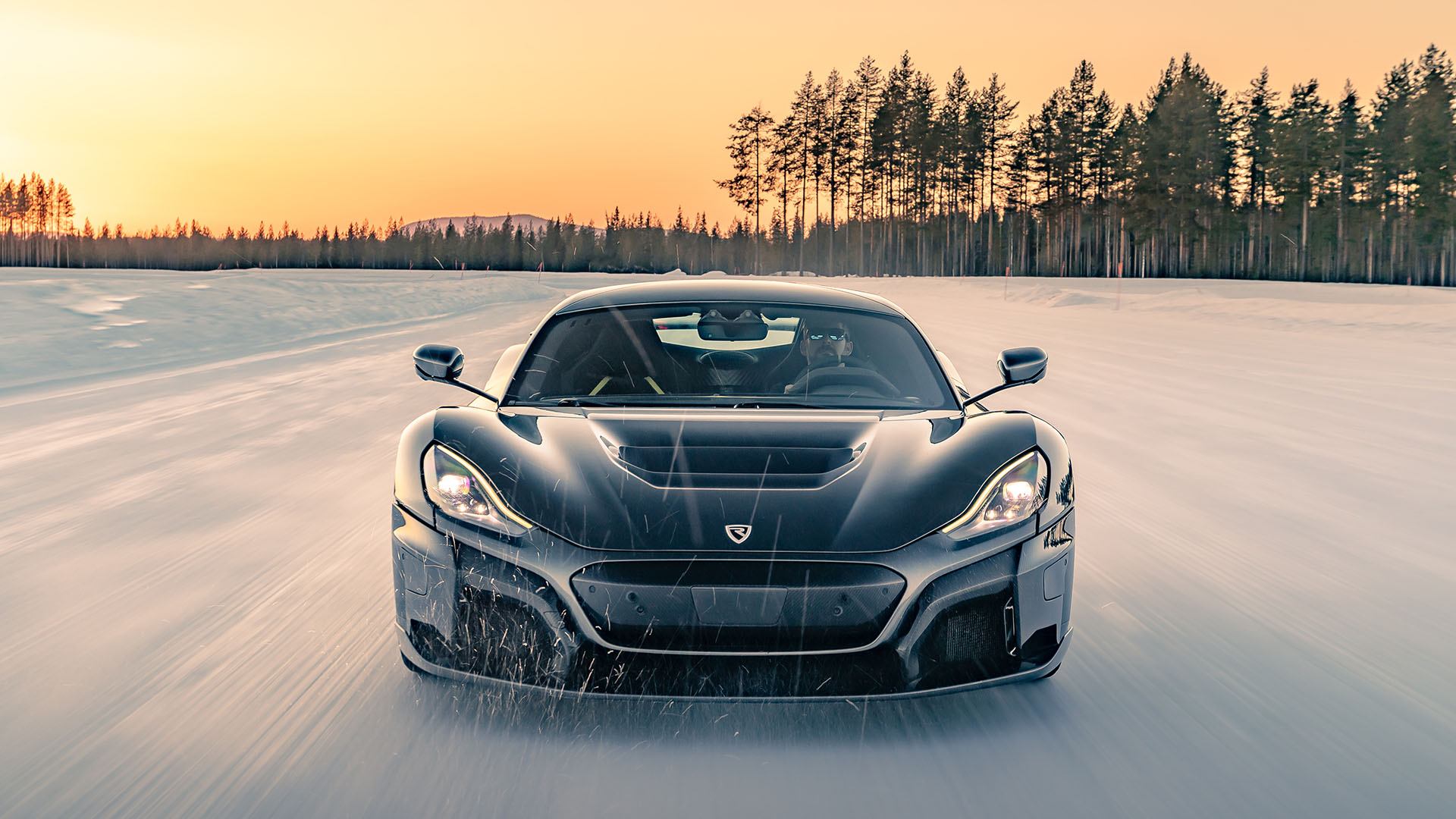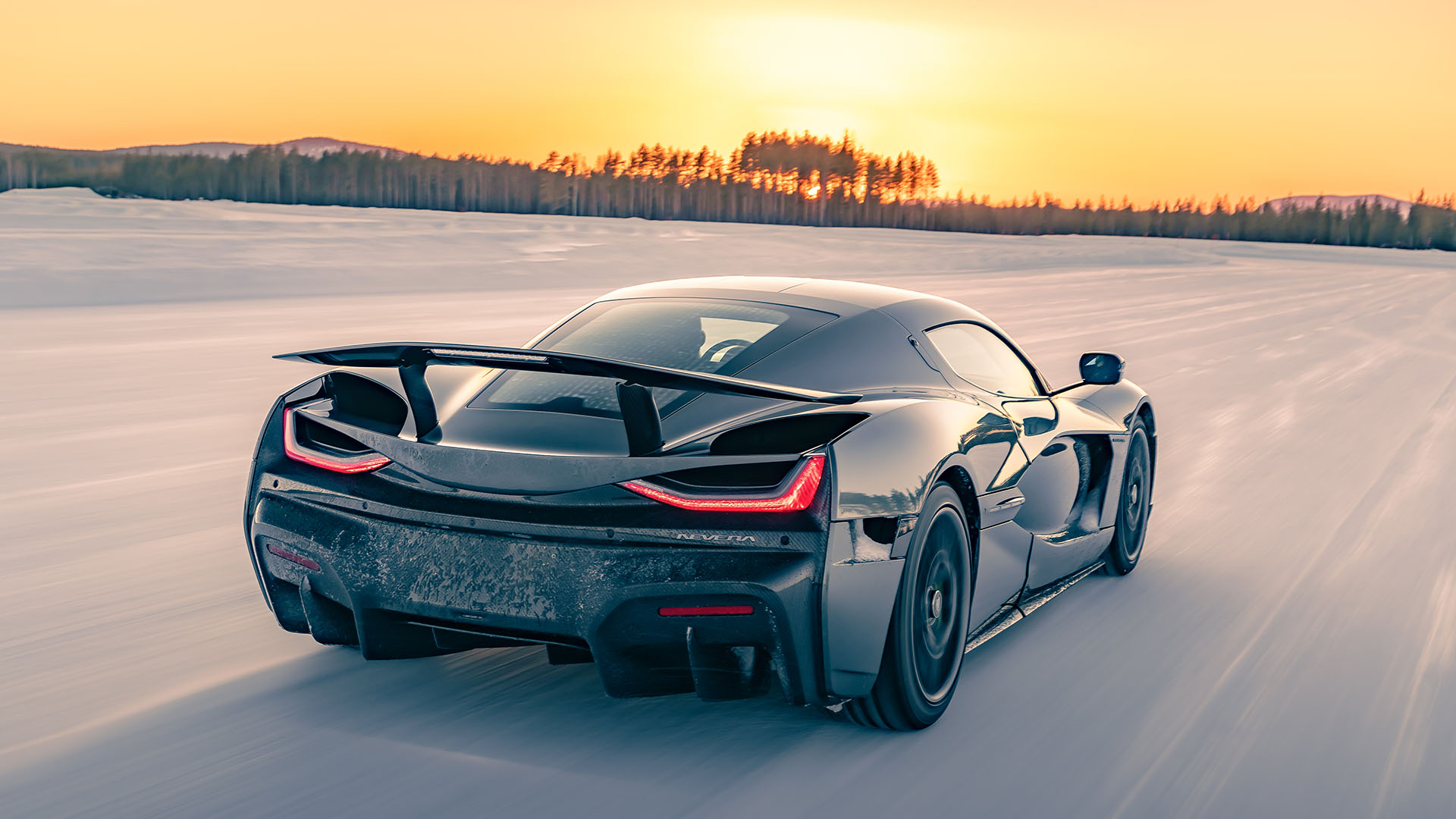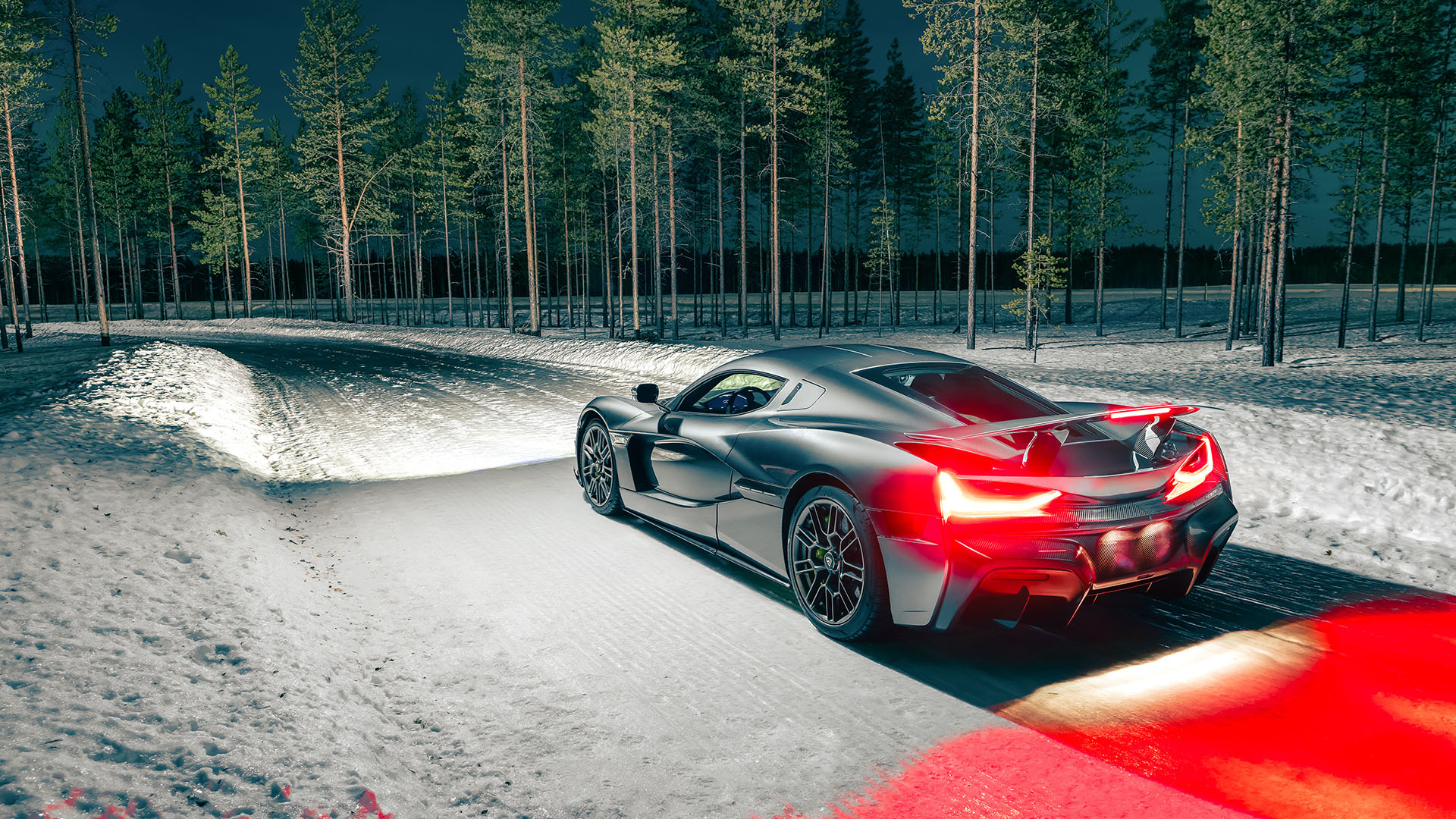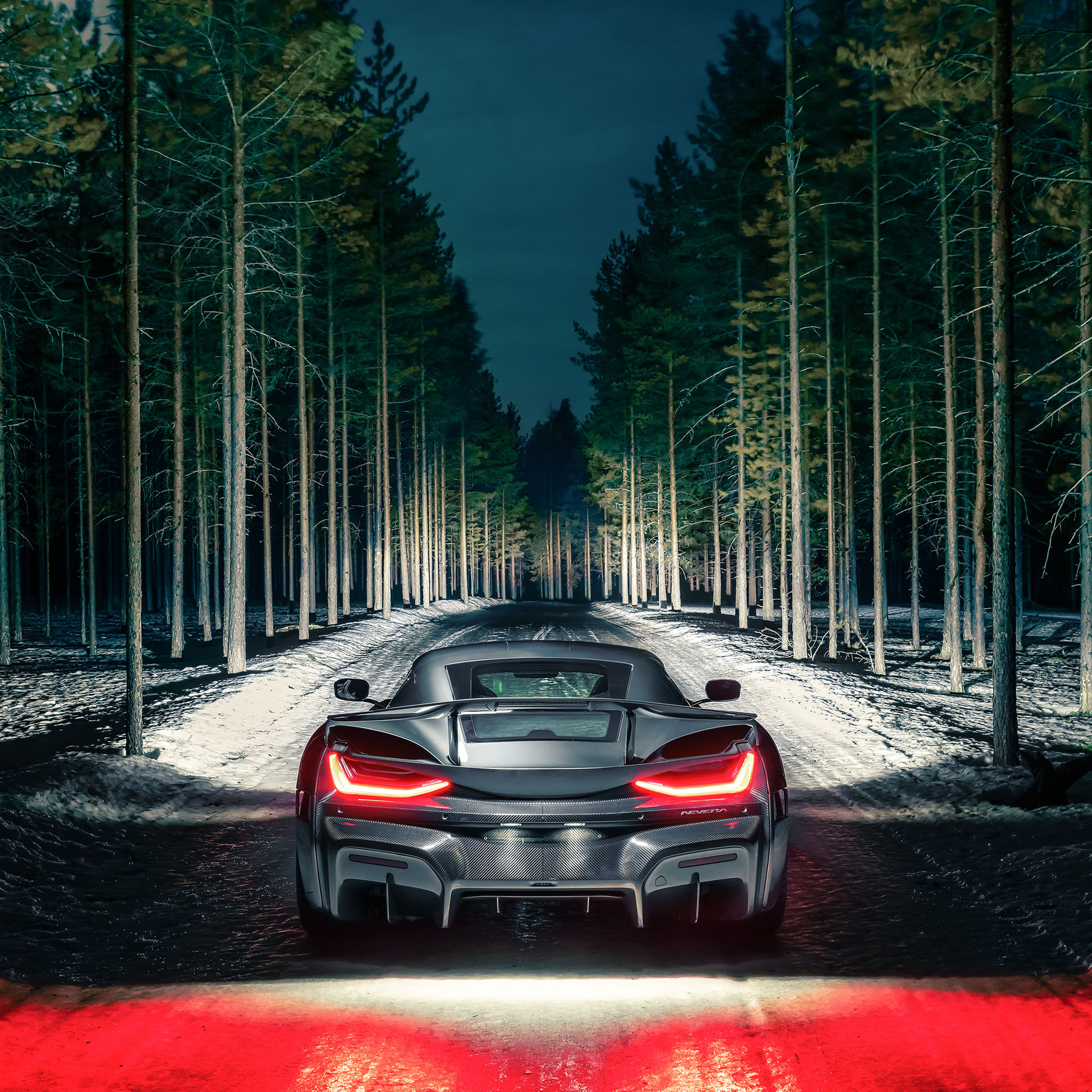The first units of the Rimac Nevera are set to be delivered to their customers in the next few months, probably in time for the 2022 Summer car event season, but we have to keep in mind this all-electric hypercar has been under development for several years, and while you can do a lot in the virtual world these days when it comes to prototype testing, nothing beats actual driving on the open road, and while the stunning Nevera managed to pass homologation tests for both the USA and the EU, they still took the 1,914 hp hypercar to Sweden for cold-weather testing.

Miroslav Zrnčević, Bugatti Rimac Chief Test and Development Driver, said: “Testing on a low grip surface like this allows us to make consistent and accurate observations on how our systems are performing in low temperatures. Things happen much more slowly than they would do on asphalt, and we have nice, even, smooth handling tracks so we know the data we get isn’t affected by surface imperfections or temperature swings. After these two weeks of testing, we’re happy to see exactly the results we wanted to achieve. “
Mate Rimac, CEO of the Rimac Group, said: “For us, this cold weather testing process was an opportunity to put the final 0.1% of polish on the Nevera, ensuring it’s perfect as soon as our owners begin to receive them in just a couple of months. Even after two weeks spent at temperatures of about -15°C (5°F), and a fairly demanding testing regime, our validation prototype performed at 100% throughout, so we know that all our core systems can perform reliably even in extreme conditions. What we also wanted to develop was a car that could be driven and enjoyed equally by someone who isn’t the most experienced driver right up to a seasoned racer. Finding that balance of creating a rewarding, but safe, drive in a 1,914hp car with four independent electric motors while also building a chassis that delivers delicate on-the-edge adjustability has been our goal from day one, and as our final stages of testing come to close, I can confidently say that’s exactly what we’ve achieved with Nevera.”
Rimac Automobili has created the Nevera from the start, not only the design was done in-house, but also the entire engineering was kept indoors at Rimac, and this will also include the actual production of this impressive hypercar, with a limited production run of just 150 units, the Rimac Nevera is the first production model, and rumor has it there is already a successor in development, while Rimac will also be heavily involved in the Bugatti Chiron successor to be unveiled shortly.
The figures on the Rimac Nevera are really astonishing, with a power output of almost 2,000 hp (1,914 hp to be exact) and a torque output of 2,360 Nm thanks to a 6,960-cell battery with a 120 kWh load, the Nevera can reach a top speed of no less than 258 mph or 412 km/h while she can reach 100 km/h or 62 mph in just 1.85 seconds, making her the fastest accelerating production car in the world, from 0 to 100 mph takes just 4.3 seconds.
Until we see the first production cars being delivered in a few months, all we can do is admire some more photos of the production prototype testing in Sweden:
